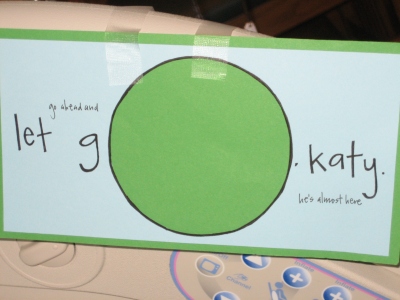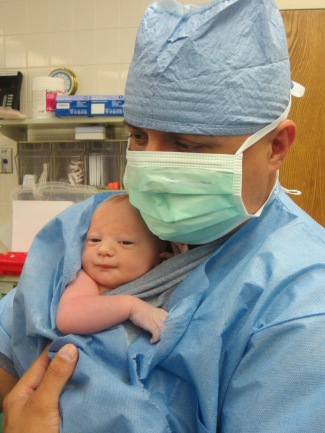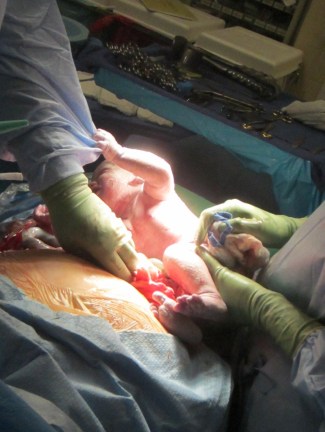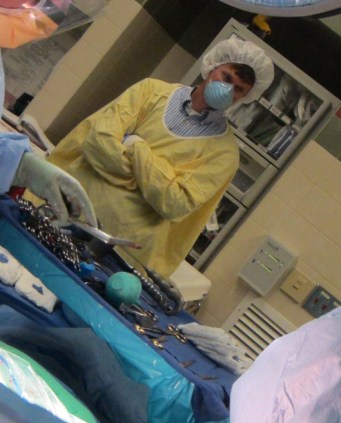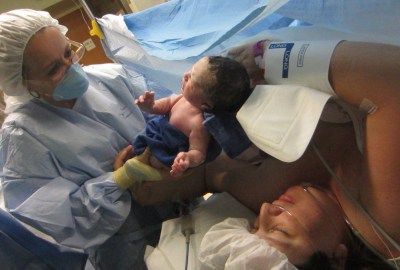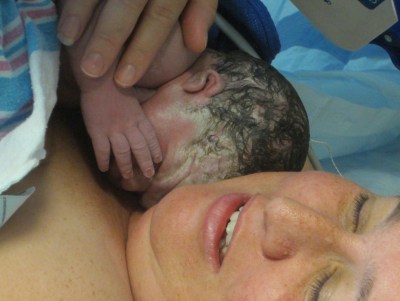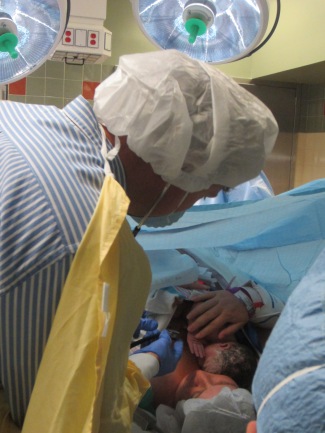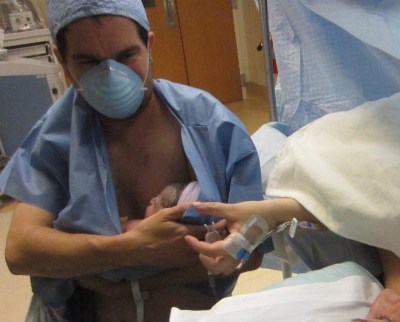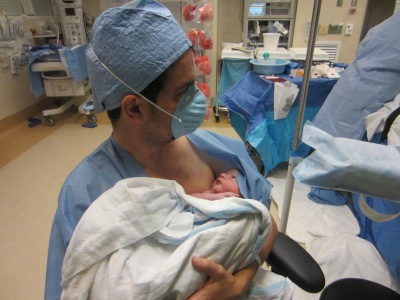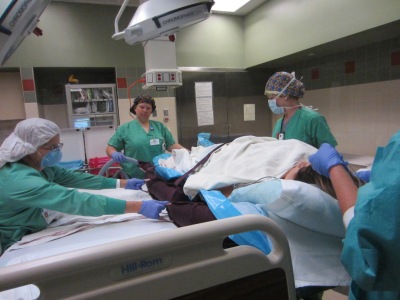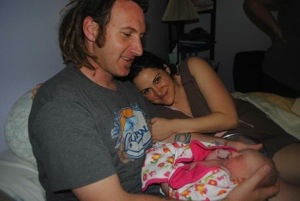Encapsulation.
Everybody’s doing it.
I’m not going to do a placenta promo in this post. I’ve gone placenta fan-girl on this blog often enough to lose followers.
Besides, this magical place called the world wide web has plenty of information on placenta encapsulation.
No, today I’m giving a shout out to our community’s only certified placenta encapsulation specialist.
Kellyann Battista is a busy, busy bee!
A few months ago, my sister gave birth to her second child. Kellyann arrived at my sister’s home the day after she gave birth to do the deed.
Now, let’s pause a moment and think about the deed. A stranger is going to come into your home to steam, dry, grind, and encapsulate your placenta.
Awkward could be an understatement.
Truly it takes a special person to enter anyone’s postpartum space. But guess what? Kellyann makes such an occasion a delight. Here is what my sister had to say:
Kellyann was professional, flexible, and thoughtful. She brought me a cup of Mother’s Milk Tea and gave me a sweet card to congratulate me on Emmett’s birth. She was very quiet and did her work without asking for anything from us. She let us be lazy and focused inward while she did everything. She brought all her own tools and appliances to prepare the placenta, took out all her trash, and cleaned up everything.
Are you thinking about encapsulation? What you need to know:
- Contact Kellyann early so get a space on her calendar.
- Birth location doesn’t matter. With the exception of Spartanburg Regional (It can be hit or miss there), hospitals accommodate families keeping their placentas. They package it up in a very tightly sealed plastic container.
- You’ll receive a very professional labeled bottle containing your capsules with complete instructions for use.
- You won’t have to clean up anything. You don’t even have to be at home while she works.
- You can request flavored capsules so you can avoid any psychological heebie-jeebies about what you’re swallowing. 🙂
Did you encapsulate your placenta? What were your reasons for doing so?

